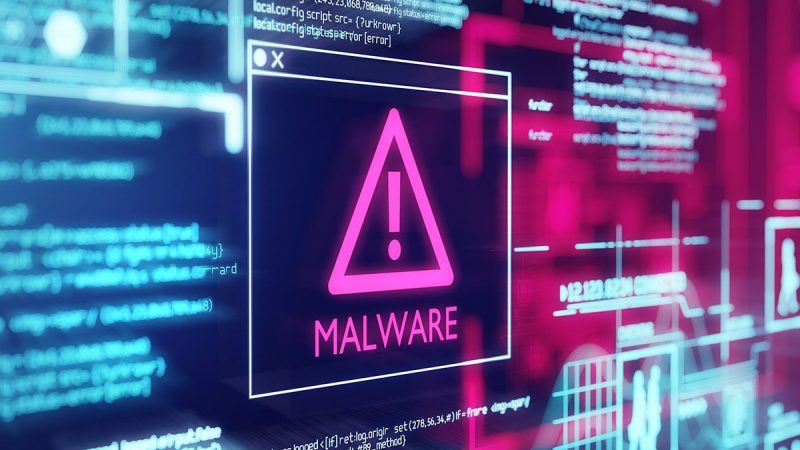
IT threat evolution Q2 2020
Targeted attacks and APT groups, new malware and the COVID-19 pandemic exploitation in the second quarter of 2020
Kaspersky discloses a 2025 HoneyMyte (aka Mustang Panda or Bronze President) APT campaign, which uses a kernel-mode rootkit to deliver and protect a ToneShell backdoor.
Kaspersky GReAT experts analyze the Evasive Panda APT’s infection chain, including shellcode encrypted with DPAPI and RC5, as well as the MgBot implant.
Kaspersky expert describes new malicious tools employed by the Cloud Atlas APT, including implants of their signature backdoors VBShower, VBCloud, PowerShower, and CloudAtlas.
Kaspersky’s GReAT experts have uncovered a new wave of cyberattacks by the ForumTroll APT group, targeting Russian political scientists and delivering the Tuoni framework to their devices.